Santa María Aztahuacan is one of the Iztapalapa original settlements. An ancient town, the Nahuatl name can be translated as “place of those with herons.” Famous for its street festivals, especially carnaval, these draw interest from across the region.
Arguably, it’s an even more famous town for the recovery of super-ancient human remains. These were found in 1953 at the historic San Pedro Laundry. That’s a few minutes walk north from the town center. It’s another important local meeting place for the people of the neighborhood.
The broader neighborhood today also includes the giant former farmlands to the west. Shown in the map, today the former fields are entirely residential neighborhoods. That rather vast character should remind visitors of the town’s long agricultural history.
The people of Santa María Aztahuacan built the town clock (shown above) between 1926 and 1930. Curiously, they paid for it through the sales of ducks from the town lagoon. The civic center of the town, it’s just to the south of the old and new churches. Those make up the historic religious center of the same town. That history is still reflected in the town festivals for which residents will still process through the streets. Often accompanied by elaborately costumed Chinelo and Charro dancers and performers, they’re a major part of the life and culture here.
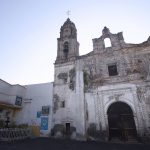
Nearest at 0.07 kms.
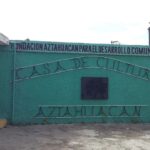
Nearest at 0.21 kms.
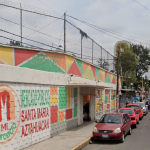
Nearest at 0.32 kms.
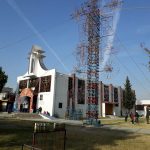
One of Iztapalapa's liveliest original settlements...

An ancient island community is today a fascinating original settlement...
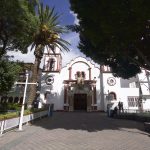
One of the original settlements of Iztapalapa...
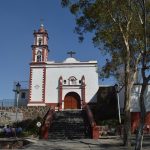
One of Iztapalapa's ancient original settlements . . .
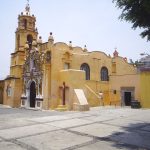
One of Iztapalapa's least-known original settlements...